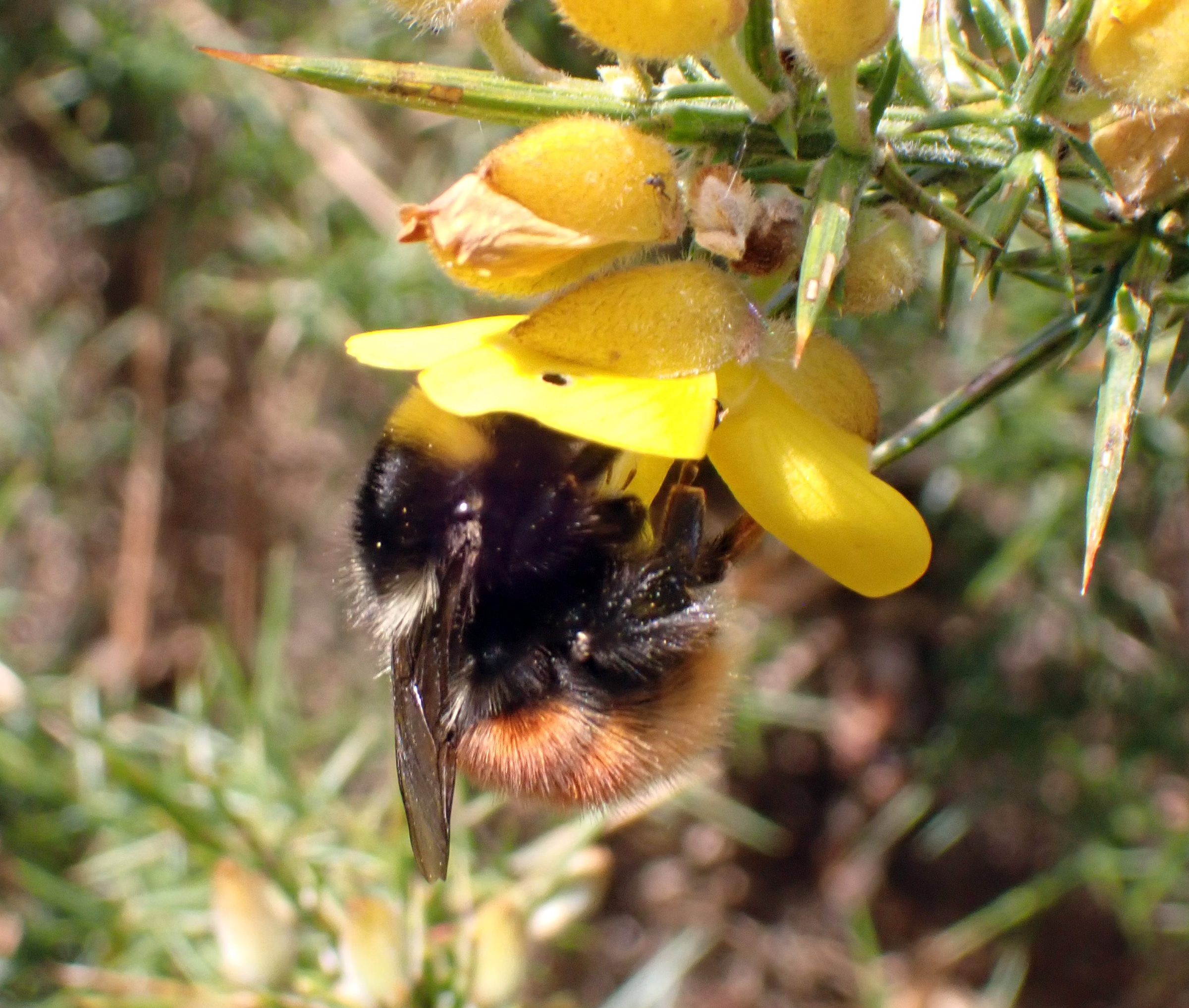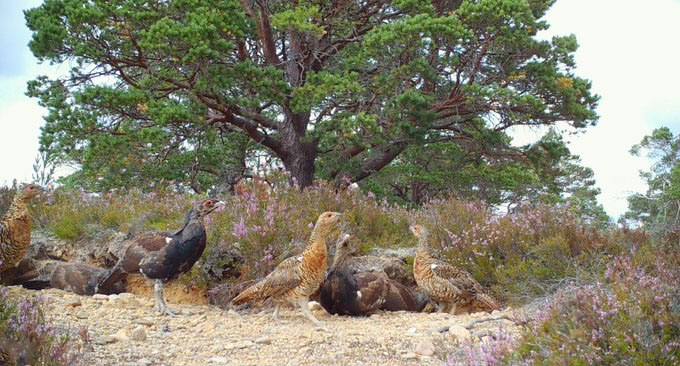
50th Anniversary AGM Sunday 2nd November, Nethybridge Community Hall
Members and past members are invited to the 50th Anniversary AGM on Sunday, 2nd November, Nethybridge Community Hall, noon - 3pm.
A light lunch will be provided.
This year is BSCG's 50th anniversary, and we hope you will be able to join in the celebrations and hear about some of the achievements of the Conservation Group since its first meeting in 1975, as well as our activities addressing current issues
- Details

Blaeberry Bumblebee
Flowering willows and Gorse are important for many insects around this time of year, including bees and hoverflies. As Well as flowers of blaeberry (or bilberry) queens of the Mountain or Blaeberry Bumblebee are one of the easiest Bumblebees to distinguish.
An article in Mountain Views the Spring Summer 2025 newsletter of the North East Mountain Trust (Bumblebee-bagging in the Cairngorms by Annie Ives (Project Officer: Skills for Bees (Scotland) for the Bumblebee Conservation Trust) features this bumblebee. It describes Bombus monticola as "very distinctive and easy to recognise". Anyone visiting Munros & Corbetts that lack recent records can become involved in contributing records and can find more information at: www.bumblebeeconservation.org/bumblebee-bagging
BSCG has long been involved in recording Bumblebees, including at An Camas Mor, where this queen was recently photographed visiting Gorse flowers, along with other insects, including various solitary bees, hoverflies and colourful Green Hairstreak butterflies.
- Details
Global Warming event Thursday 7th December 2023
Dr Dermot Williamson talk and lead a discussion about Global Warming on Thursday, 7 December, 7 – 9 pm in St Bride’s Church, Newtonmore.

Dr. Dermot Williamson will explain why the world is warming, and why that is existentially important. He will lead a discussion on what we can do to halt global warming. The world since the Industrial Revolution has been warming rapidly, ending the climate stability that allowed us to develop agriculture, build societies and create civilisation. Global warming continues as long as we keep increasing greenhouse gases, such as carbon dioxide, in the atmosphere. If it does continue, many parts of the world may become uninhabitable. There would be mass extinctions of animal and plant species. This is an existential threat to many people and to much of nature. This talk and discussion will show why the United Nations’ climate conference COP28 in Dubai is vitally important. COP28 will be a decision point between tackling the climate crisis, or alternatively locking us into a world deteriorating towards an unliveable future.
- Details
Talk: Predators & Conservation Management of Capercaillie

lllustrated Talk: New Research on Predators and Conservation Management of Capercaillie in the Cairngorms by Jack Bamber Aberdeen UniversityThursday 19th January at 7.30pm Nethy Bridge Community CentreAll welcome. Free admission.
- Details
Page 1 of 2

